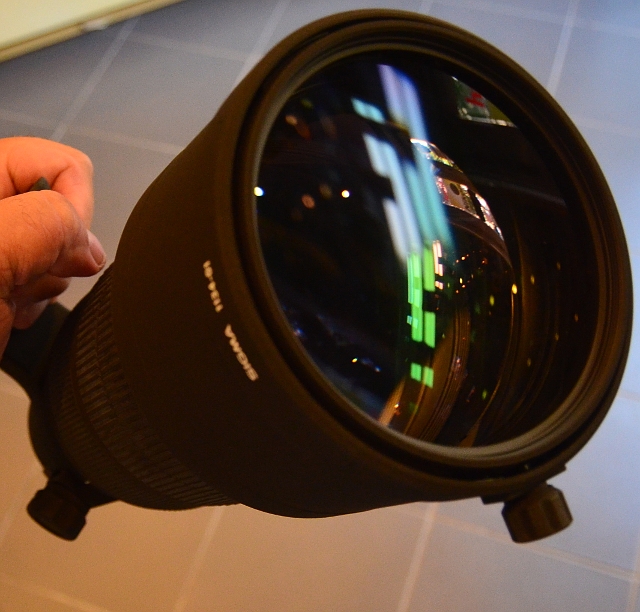Sigma 120-300
Sigma 120-300mm f/2.8 EX DG HSM review
Sigma 120-300mm f/2.8 HSM review
| [do_widget Text] | [do_widget Text] |
Official name
Sigma 120-300mm f/2.8 EX DG APO HSM
Versions
The Sigma 120-300mm f/2.8 lens has three versions: this version, the newer Sigma 120-300mm f/2.8 OS version and the newest Sigma 120-300mm f/2.8 DG OS “Sports” version.
Introduction – Sigma 120-300 review
This is NOT the latest Sigma 120-300 f/2.8 OS “Sports” lens, but the one before with the older types of Sigma lens finish called “sandpaper” or “matte” look. It is a very interesting lens, doesn’t similar to anything. The f/2.8 aperture makes this lens very special, this bright aperture allows very shallow depth of field and lets the lens to make pictures with challenging low light environments as well like dusk or dawn.
Build quality, handling – Sigma 120-300 review
The lens is not a small one, the f/2.8 aperture results in a good piece of front glass element. The lens is perfectly hand holdable, but if you use it for longer periods some kind of support is a good idea.
Optical qualities – Sigma 120-300 review
The Sigma 120-300 produce nice pictures thanks to the f/2.8 aperture which is easily lead you to addiction 🙂 because of the nice bokeh it can produce. If I pixel-peep which is my hobby I can say primes are sharper especially wide open, has stronger contrast better contrast etc, but the Sigma is not bad at all. Little post-processing and you almost there where with the primes. Or a little or much more forward thanks to the zoom function because you probably miss many shots with the prime on the field.

Sigma 120-300 DG HSM 120mm f/4 Canon 30D camera click to see 1200 pixel

Sigma 120-300 DG HSM 300mm f/2.8 Canon 30D camera
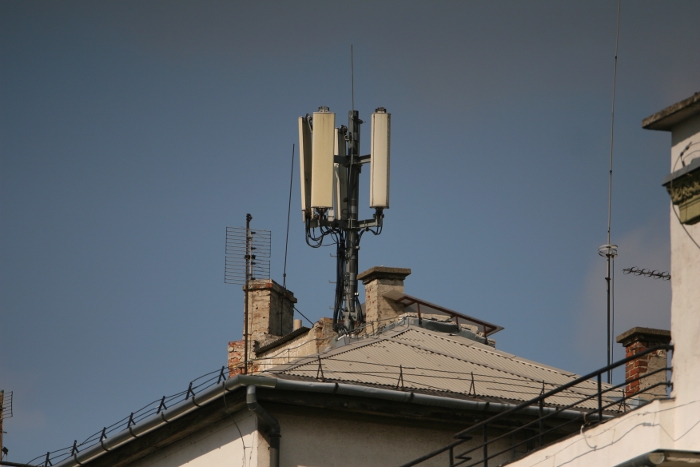
Sigma 120-300 DG HSM 300mm f/2.8 Canon 30D camera 1/5000s ISO100
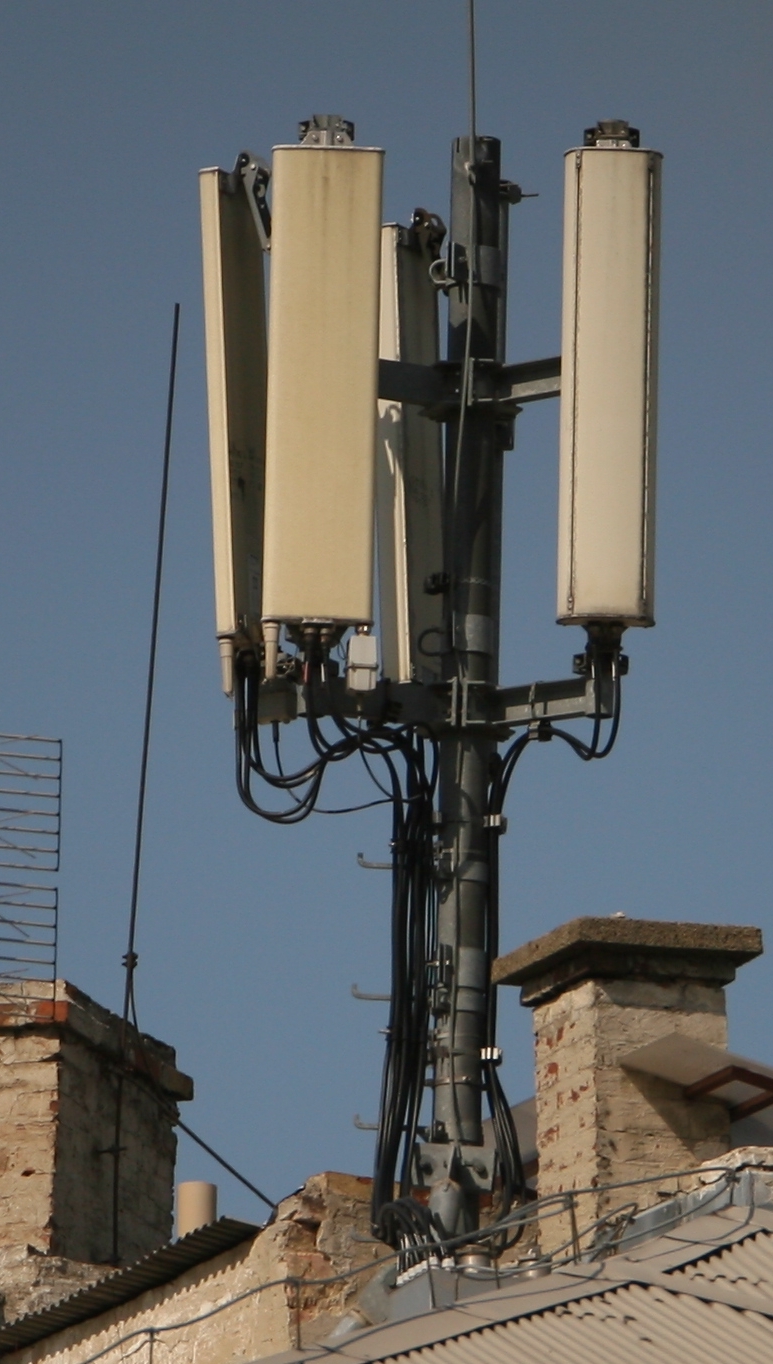
100% crop of the image above
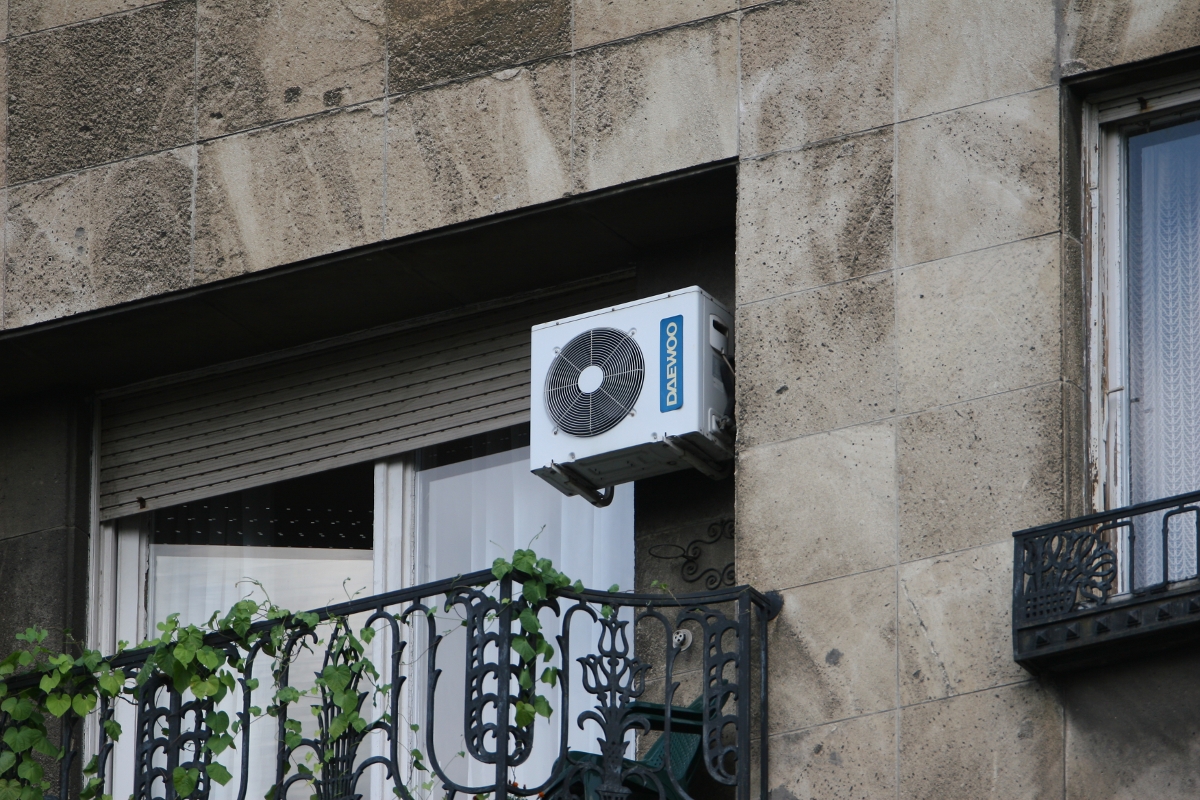
Sigma 120 300 APO DG HSM at 300mm f/3.2

Sigma 120 300 APO DG HSM at 300mm f/2.8
Bokeh
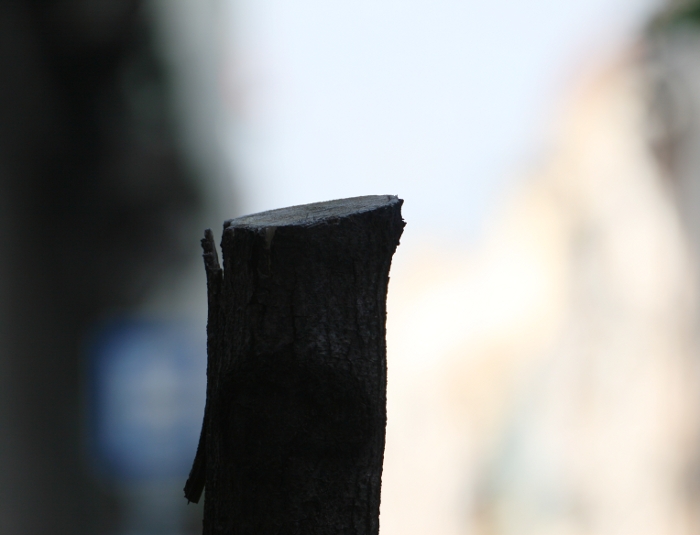
The bokeh is awesome. This is the most interesting part in this lens, I would only shoot f/2.8 whenever I can. The blurred background gives nice smooth 3D background to the picture, especially if the subject is near to the camera.
Autofocus
The autofocus is quite usable but the autofocus on the newer version of this lens and on Canon prime lenses are better especially for tracking fast-moving subjects.
Range
The range is most fit to sports photography, seems for this is the lens designed for, for wildlife or birds photography longer lenses are preferred, for portraits shorter lenses. Apart from that the f/2.8 aperture is so appealing the many wildlife/bird shooter buy this lens. With the 1.4x converter the lens become 420mm f/4 which is a very interesting combination. If I speak about general photography the 120-300m range is not very useful. For classical landscapes it is too narrow, for portraits too long. But can be used for landscapes and portraits as well. The bright aperture and the longer range gives nice compression to the landscapes and shallow depth of field can help to have a more 3D like look. For portraits the lens also can be good, especially with the nice blurred background it can produces.
Specifications – Sigma 120-300 review
Available mounts: Canon, Nikon, Sigma
Focal length range: 120-300mm
Optical formula: 23 lens elements in 18 groups included 1 SLD and 2 FLD elements
Brightness: f/2.8
Aperture range: f/2.8-22
Minimum focusing distance:1.5-2.5 m (59.1-98.4 in.)
Weight: 2950g (104 oz.)
Dimensions: App. 114.4 x 289.2 mm (4.5 x 11.4″)
Aperture diaphragm blades: 9
Magnification: 1: 8.1 (at 200mm)
Filter thread: 105mm (non-rotating)
Internal focusing: yes
Compatible teleconverters: yes
Stabilizer: No
Distance scale: yes
Focus Limiter:No
Ring type ultrasonic focusing motor: yes
Full time manual focus override:yes
Sharpness – Sigma 120-300 review
Sharpenss is very nice even wide open at both ends of the zoom range at f/4 will be even more sharp. At 300mm f/4 is perfectly satisfying. Even f/2.8 is very good with a little post processing.
Autofocus – Canon 120-300 review
The Autofocus is quick and silent ring-type ultrasonic focus. This autofocus has a premium feel in usage, and very practical in wedding ceremonies for example where silent operation is preferred. Focus speed and accuracy seems fine but some Canon lenses are better in this regard.
Price/performance – Sigma 120-300 review
The Sigma is not a cheap lens by any meaning. On the other hand no other similar lens. If you earn money with sports photograpy it has a very good value, if not it has a very bad value. If you are on a budget try the awesome Canon 200mm f/2.8 USM with the fraction of the price, significantly better image quality, and 700g instead of 3kg. Super sharp even with the 1.4 attached.
Alternatives
No alternatives, just the pime lenses in this range Canon 200mm f/2, f/2.8, Canon 300mm f/2.8, f2.8 is and 300mm f/2.8 is II. All primes are sharper but none has the versatility of the Sigma 120-300mm. Sigma has a 100-300mm f/4 but there is a big difference between f/2.8 and f/4. The f/2.8 version is much better the the Sigma 100-300 f/4.
Pros
-f/2.8 constant aperture, allows to make nice bokeh
-versatility
-very good optical quality
-silent autofocus
Cons
-expensive
-heavy, you recognize immediately when you make the unboxing video on youtube 🙂
Bottom line/verdict – Sigma 120-300
For sports photography this lens gives one big extra feature compare to other competing f/2.8 products. Versatility. The zooming function is very important at subject tracking. With a 300mm or 400mm prime the story is quite different. The Sigma 120-300 f/2.8 is a very good lens, very sharp even wide open, has quick focus, not very heavy, and can work with teleconverters as well. The 2x TC perhaps a little too much, but with the 1.4x makes the lens even more versatile. Of course the converter gets one stops of light, this way the lens will be a 168-420mm f/4. 420 f/4 looks really cool..
